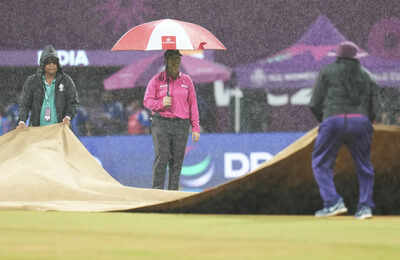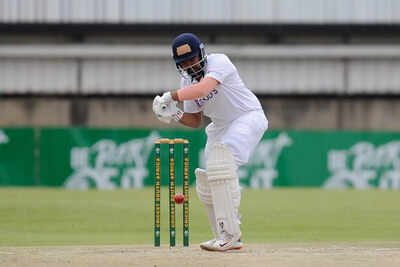Rain threat looms over Women’s World Cup knockouts: Here’s how ICC’s reserve day rule works | Cricket News

The ICC Women’s ODI World Cup 2025 has entered its most nerve-racking stage — the knockouts. While teams are gearing up for the high-stakes semi-finals, there’s another challenge looming large: the weather. Both Guwahati and Navi Mumbai, the venues for the semi-finals, are under threat from rain-bearing clouds. With heavy showers predicted, fans and teams alike are wondering what happens if rain spoils the show. Fortunately, the ICC has made provisions to deal with such a scenario. The two semi-finals and the final each have a reserve day, ensuring the outcome of these crucial matches isn’t decided by the weather alone.
So how do these reserve days actually work?
According to ICC regulations, every possible effort will be made to complete the game on the scheduled day, even if it means reducing overs. If rain interrupts play, officials will aim to restart the match with a revised number of overs per side. If the match cannot resume or remains unfinished, it will continue from the exact point where it stopped on the reserve day. For example, if a full 50-over game begins but rain halts proceedings before any overs are reduced, it will continue as a 50-over contest the following day. However, if the match had already entered a shortened phase, say 46 overs per side, then it would pick up from that point on the reserve day.
But what if rain plays spoilsport on both days?
If no play is possible even after the reserve day, the team ranked higher on the points table from the group stage will progress. In that case, Australia and England — the top two teams from the league stage — would advance to the final if their respective semi-finals are washed out. And in the worst-case scenario where the final itself is abandoned across both days, the trophy will be shared between the two finalists.





